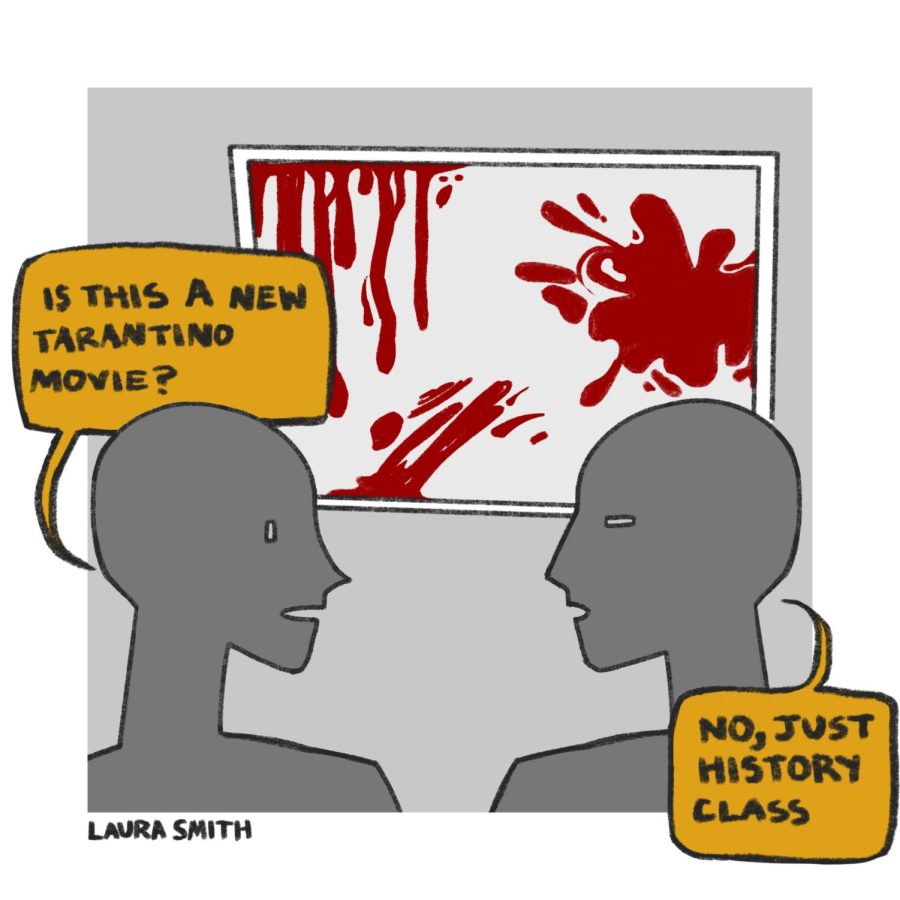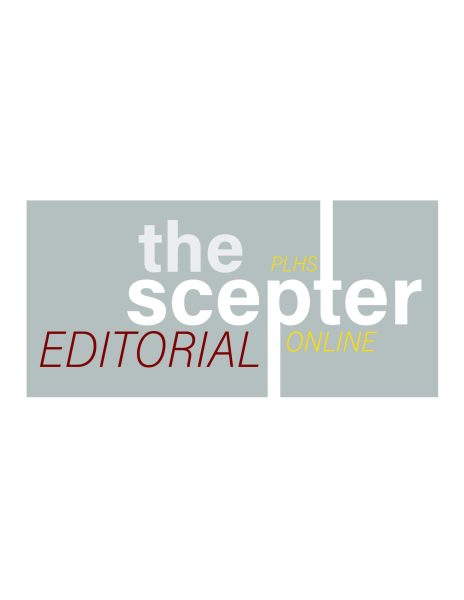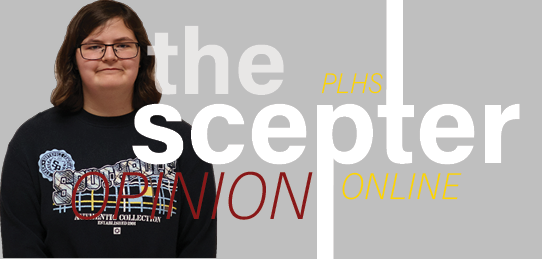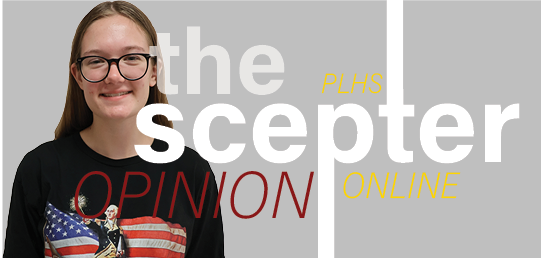EDITORIAL: Schools Should Consider Warnings for Sensitive Classroom Content
PLCS, along with many districts across the nation, requires its students to read John Steinbeck’s classic novella “Of Mice and Men.” When beginning the unit, students are made familiar with the basic historical context and concept of the book: a story taking place at the edge of the Great Depression about two migrant workers running from the past and towards their dreams.
What students may not be familiar with, however, is the book’s use of racial slurs.
For some it’s no big deal. But for others, its surprising or discomforting, shifting the mood of the classroom to one of unease and prompting them to wonder, “why weren’t we warned about this beforehand?”
In public school, students are exposed to an array of books, essays, videos, films, artworks, arguments, ideas and lessons. As the student progresses through school, these texts become more serious, nuanced, and, naturally, more explicit. As the child matures, so too does their curriculum.
But as this happens, the educators must show wisdom and consideration for just how serious these topics may be. Schools should strongly consider providing students with warnings ahead of potentially sensitive curriculum.
The use of slurs and pejorative terms, acts of racism and bigotry, sexual assault, abuse of all varieties, gruesome violence, and self induced harm are all topics students are confronted with when they enter their English or history classrooms. While the importance of these topics is undeniable, so too is the impact on the student.
For any teenager, any interaction with such content may bring discomfort, but for the particularly vulnerable, there is a separate level of isolation and disturbance.
For a Black student, a 9 a.m. lesson on a lynching complete with photographs is not something easily moved past. For a girl, the description of a character’s misogynistic thoughts and rape fantasies are not enticing to read. For an addict, recovering or otherwise, an overdose casually inserted in a story is not so nonchalant. For a victim, a reflection of their abuse is not something to discuss with the class.
There is no way for a teacher to look at a student’s face and automatically know their connection to a subject. However, a teacher can meet the student, any student, in the middle. To offer understanding, to validate the harsh reality of the subject, and to acknowledge a concern for the wellbeing of their students, a teacher can give a warning.
A content warning is not something particularly formal or lofty. It is as simple as a spoken sentence, an email, or a post to Google Classroom.
“The book we’re reading contains racist ideology.” “I’m going to show pictures from concentration camps.” “These are the pages where the assault happens, if you’d rather not read that.” “You can step out if you need to.”
There is no escaping the harsh reality of these topics within education or the world outside of school. But a controlled environment characterized by its willingness to teach in a manner that does the least amount of harm to the student provides a wise, understanding avenue through which students can explore ideas.






